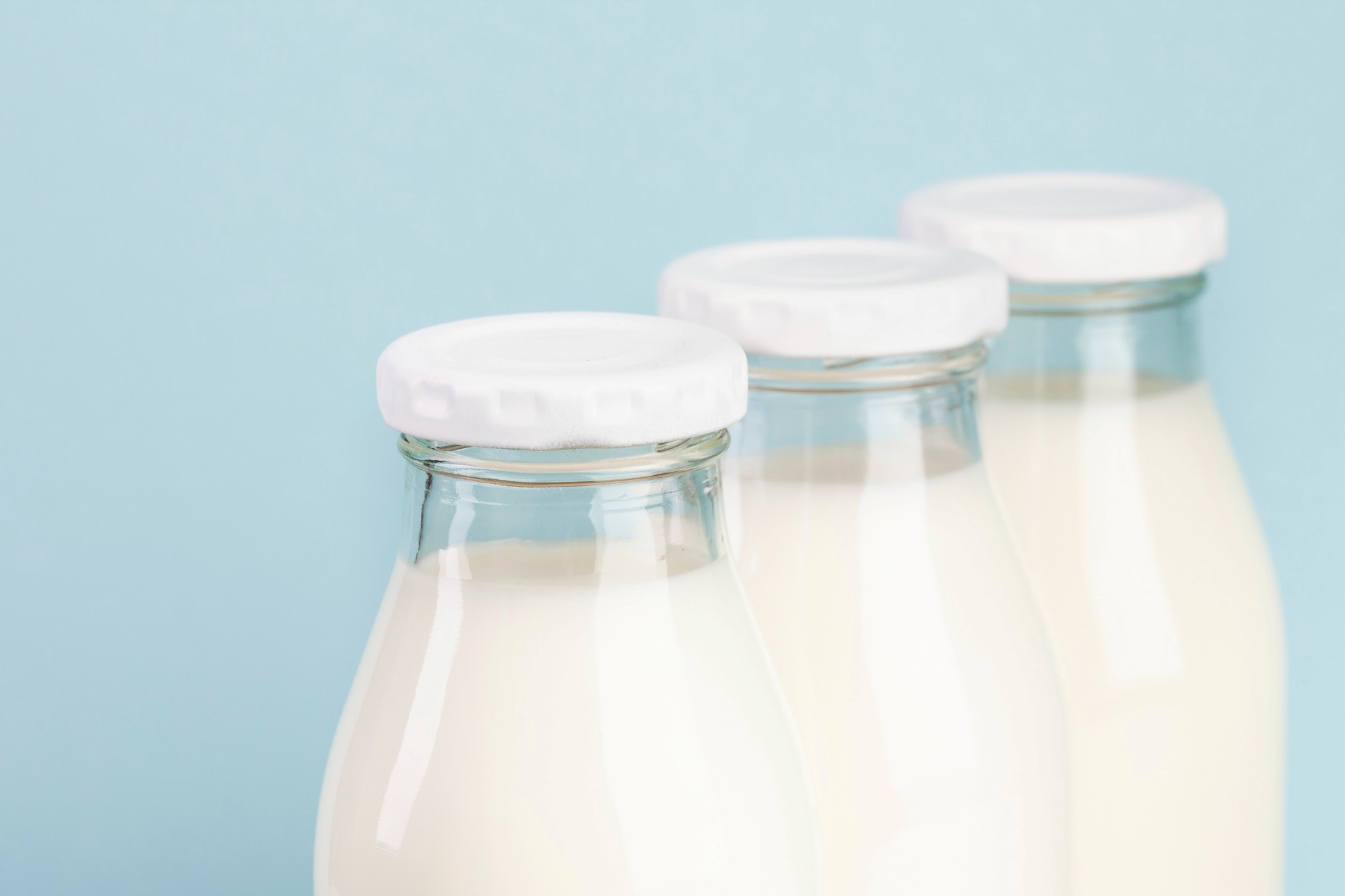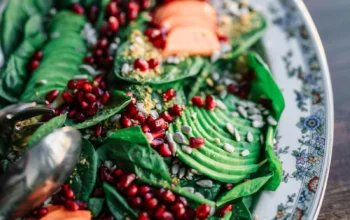The Art and Science of Pasteurizing Milk: A Comprehensive Guide for Safe and Delicious Dairy
Milk, a staple in many households, is a nutrient powerhouse, packed with calcium, protein, and essential vitamins. However, raw milk can also harbor harmful bacteria like Salmonella, E. coli, and Listeria, which can lead to serious illness. That’s where pasteurization comes in. This simple yet effective process ensures the safety of our milk supply, allowing us to enjoy dairy products without worry.
What is Pasteurization, and Why Does it Matter?
Pasteurization is a heat-treatment process that kills harmful pathogens in milk without significantly altering its nutritional value or flavor. Developed in the 19th century by French scientist Louis Pasteur, this groundbreaking technique revolutionized food safety and public health.
Pasteurization has become a standard practice in the dairy industry, ensuring that the milk we consume is safe and free from harmful bacteria. The process involves heating milk to a specific temperature for a set duration, followed by rapid cooling. This controlled heat treatment effectively eliminates pathogens while preserving the milk’s essential qualities.
Methods of Pasteurization: A Closer Look
There are several methods of pasteurization, each with its own specific temperature and time requirements:
- Batch Pasteurization (LTLT): This traditional method involves heating milk to 145°F (63°C) for 30 minutes. It’s a slower process, but it’s still effective in killing harmful bacteria.
- High-Temperature Short-Time (HTST): This is the most common method used in the dairy industry today. Milk is heated to 161°F (72°C) for just 15 seconds, making it a faster and more efficient process.
- Higher Heat Shorter Time (HHST): Similar to HTST, this method involves heating milk to an even higher temperature of 191°F (89°C) for only 1 second.
- Ultra-High Temperature (UHT): This process involves heating milk to 280-302°F (138-150°C) for 2-4 seconds. UHT milk is then packaged in sterile containers and can be stored without refrigeration for several months.
- Ultra-Pasteurized: This method heats milk to at least 280°F (138°C) for a minimum of 2 seconds. While it kills more bacteria than regular pasteurization, ultra-pasteurized milk still needs refrigeration.
How to Pasteurizing Milk at Home
While most milk available in stores is already pasteurized, you might want to pasteurize milk at home, especially if you have access to raw milk from a trusted source. Here’s a simple method using the batch pasteurization (LTLT) technique:
- Gather your equipment: You’ll need a double boiler, a thermometer, a large bowl or sink filled with ice water, and clean containers for storing the pasteurized milk.
- Prepare the double boiler: Fill the bottom part of the double boiler with water and bring it to a simmer.
- Heat the milk: Pour the milk into the top part of the double boiler and heat it slowly, stirring constantly, until it reaches 145°F (63°C).
- Maintain the temperature: Keep the milk at 145°F (63°C) for 30 minutes, using the thermometer to monitor the temperature closely.
- Cool the milk: After 30 minutes, immediately transfer the milk to the bowl or sink filled with ice water. Stir the milk until it cools down to 40°F (4°C).
- Store the milk: Pour the pasteurized milk into clean containers and store it in the refrigerator.
Pasteurizing Milk: Safety First, Flavor Second
Pasteurization is a crucial step in ensuring the safety of our milk supply. By killing harmful bacteria, it protects us from foodborne illnesses and ensures that we can enjoy dairy products without worry. While some argue that raw milk is healthier, the risks associated with consuming unpasteurized milk far outweigh any potential benefits.



